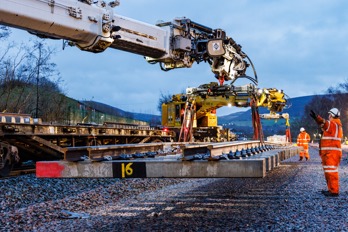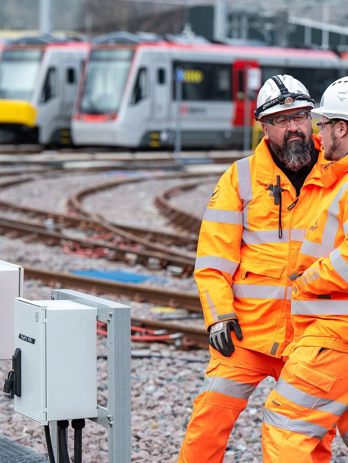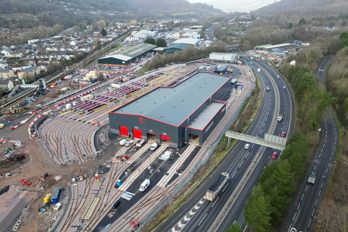Related markets and services
Cleaner, healthier rivers for London? That’s a green light we can all get behind. After all, London’s sewer system has been around since Queen Victoria was on the throne, and while top hats and horse-drawn carriages are charming, outdated sewers? Not so much. At Amey, we’re using our road technology expertise to bring this 150-year-old system into the modern era. It’s just one of the innovative ways we’re ensuring the Thames remains a clean, vibrant force for generations — no royal decrees required.
At a glance
- A new super sewer system to ensure the River Thames remains clean for use for at least another 120 years
- The project aims to reduce the amount of overflows to four per year, down from 50
- Amey is responsible for the design, construction, installation and test of the system which controls the operation of the Thames Tideway Tunnel
- Amey is implementing cyber security policies to ensure that the asset is as secure as possible
- Handover of the completed system is expected to be in 2025
Key metrics
-
£4.3
billon project
-
7.2m
in diameter
-
25km
long tunnel
The London sewage system designed by Bazalgette has served the capital for over 150 years. The system was designed to serve four million people, but today the population is nearer nine million. The combined system funnels sewage and rainwater to the treatment works at Beckton, but when it rains heavily the untreated (albeit diluted) sewage spills into the River Thames. A new sewer system is needed that serves modern London and that can cope with further increases in population.
A new “super sewer” that is 7.2m in diameter has been built along a 25km length of the River Thames at an estimated cost of £4.5 billion. The sewer runs from Acton in the West connecting to Beckton Sewage Works in the East via the existing Lee Tunnel. Excess surface water run-off during periods of heavy rainfall will no longer result in raw sewage flowing into river, instead the Victorian sewers will over-flow into the Thames Tideway Tunnel and channeled to the Beckton Sewage Treatment Works at a rate that can be processed.
Currently there is an overflow of sewage into the river roughly fifty times each year. The Tideway project's aim is to reduce this to a maximum of four times per year. The additional capacity provided by this super sewer should ensure that London, and the River Thames, remain clean for use for at least another 120 years.
Amey has been the Systems Integration Contractor on the Thames Tideway Tunnel Project since 2015, working alongside some of Europe's biggest contractors including Balfour Beatty, BAM, Costain and Ferrovial. Handover of the completed system is expected to be in 2025.




